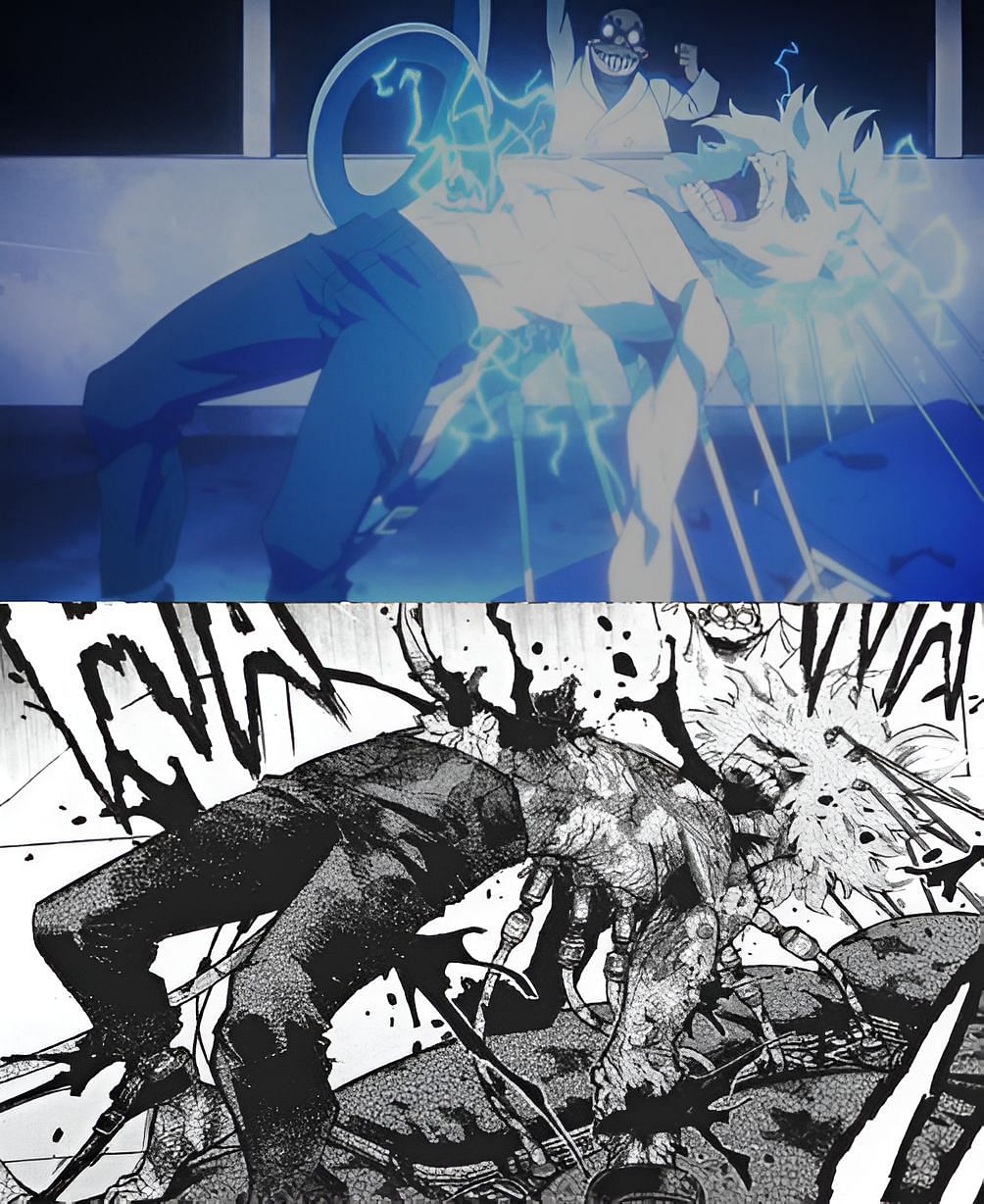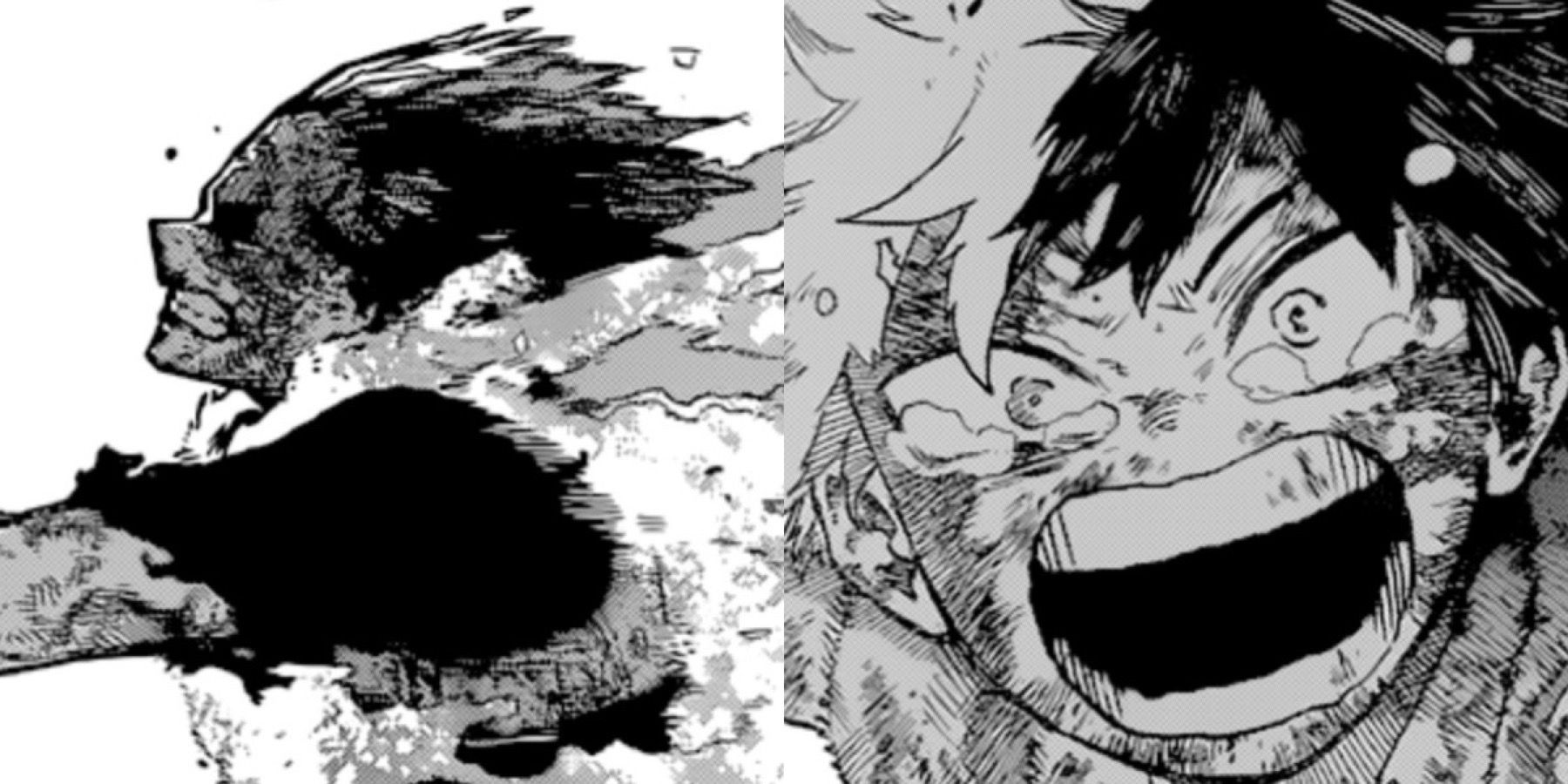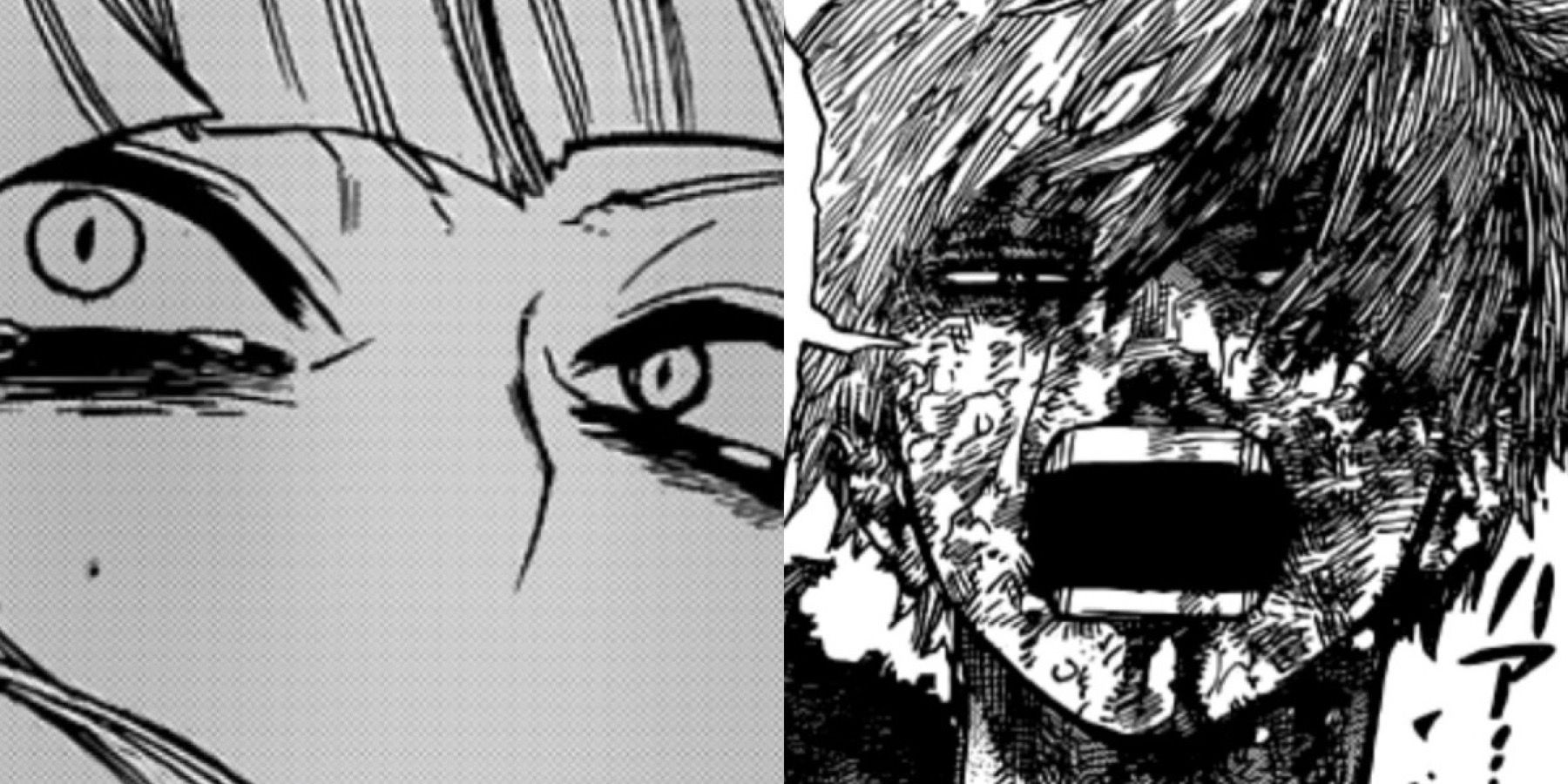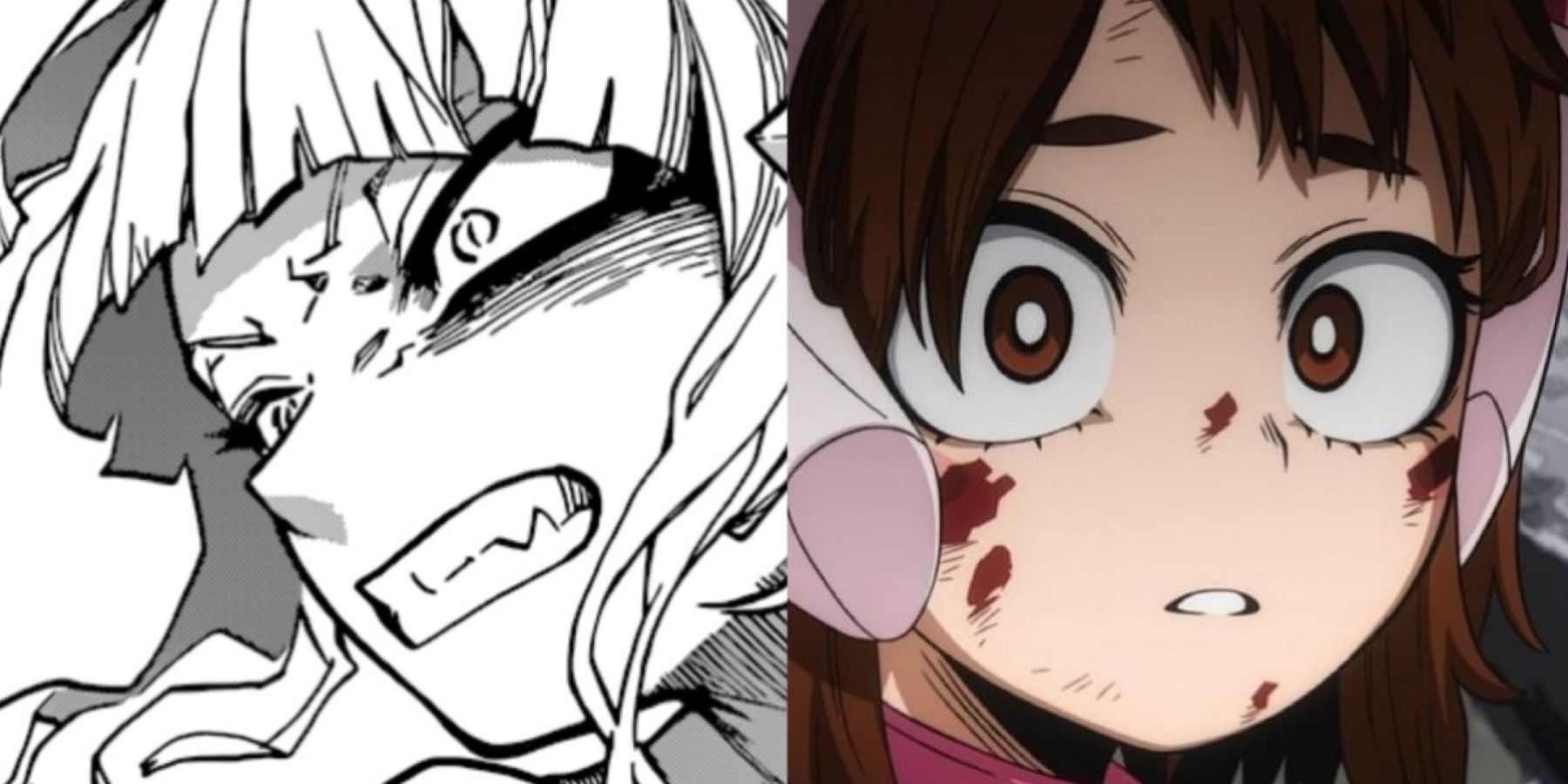
Censorship Concerns: Is Bones Responsible for the Declining Popularity of My Hero Academia Anime?

My Hero Academia's declining popularity: The impact of censorship on the series' themes and audience appeal
My Hero Academia has become one of the most popular modern Shonen anime and manga series, undergoing a significant shift in its themes and atmosphere over the past few story arcs. The once-hopeful students of U.A High School are now facing the weight of the world on their shoulders, leading to a darker exploration of themes and constant presence of death.
The My Hero Academia manga portrays violence and gore as the norm, but the anime adaptation by Studio Bones fails to capture this, censoring a significant amount of the source material. Fans are expressing dissatisfaction with this approach. Viewer discretion is advised as this article contains examples of gore.
My Hero Academia: Why censoring content is hurting the series
A manga and anime comparison of Ujiko experimenting on Shigaraki (Image via Bones and Shueisha/Horikoshi)
Studio Bones has been known to censor important panels drawn by Horikoshi in order to elicit specific emotions from readers. A notable instance is when Dr. Ujiko was experimenting on Tomura Shigaraki. The manga depicted multiple sharp objects piercing Tomura's flesh, with blood spattering around the room. However, the anime adaptation substituted the blood with electrical particle effects.
Similarly, in another scene from the My Hero Academia series, Twice's clones killed each other. The manga panel showed one clone splitting open the other's skull with a knife, while Studio Bones chose to depict only the clone attacking the target with a knife, without showing any visible wounds.
In a separate scene, Toga murdered Curious after expressing her emotions towards the people she cares about. Employing the Float quirk, she ended Curious' life. Once more, the anime censored the blood.
Kohei Horikoshi depicted intricate details in the My Hero Academia manga to create a significant impact with the portrayal of violence, especially considering the young age of the heroes. This evokes strong emotions in readers, although largely negative, it successfully keeps the audience engaged with the material. Censoring such content would greatly diminish viewer engagement. Additionally, censoring strays away from the creator's original vision, and fans appreciate faithful adaptations of the source material.
In order to honor the original creator of the series, it is crucial that every aspect remains faithful to the manga. Despite the common belief that anime can enhance the manga with additional content, Studio Bones seems to be going against this by toning down the violence in the anime.
The graphic detail in My Hero Academia aims to create suspension of disbelief in the audience, but the lack of attention to detail can hinder this process and diminish fan engagement. As a result, Studio Bones' decision to censor the anime is not being well-received by manga fans.
Stay tuned for more anime and manga news as 2024 progresses.
Editor's P/S
As an enthusiastic fan of My Hero Academia, I am deeply concerned about the declining popularity of the anime adaptation. The censorship implemented by Studio Bones is a major contributing factor to this decline, as it undermines the series' themes and fails to capture the essence of the original manga.
The manga's portrayal of violence and gore is integral to its storytelling, as it reflects the dark and intense nature of the world the characters inhabit. By censoring this content, Studio Bones is sanitizing the narrative and diluting its impact. This not only diminishes the emotional weight of the story but also disrespects the creator's vision and the intelligence of the audience.














